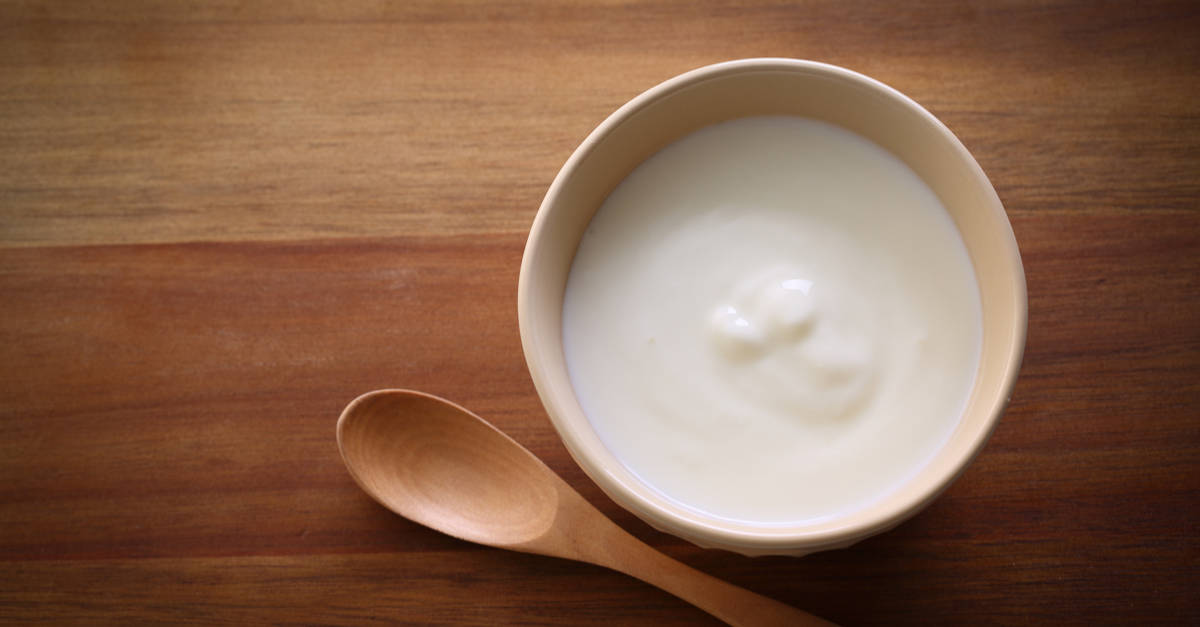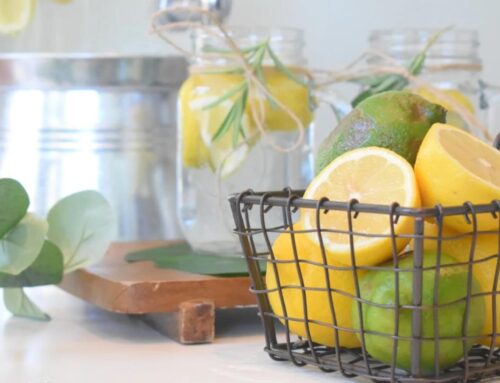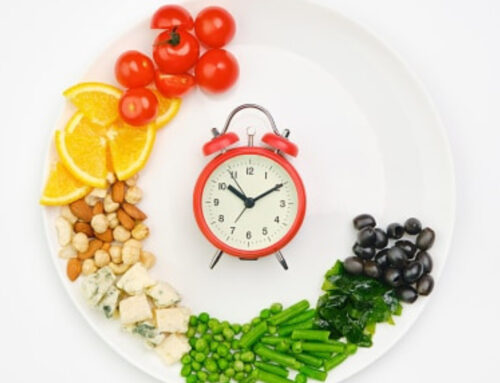The Care And Feeding Of Your Good Bacteria
With Thanksgiving upon us, I have some exciting news! Many of the foods you will be consuming on Thursday are rich in polyphenols. Woot!
Wait. What are polyphenols?
You may have heard of polyphenols because of their power to prevent cancer. But what you most likely haven’t heard is that polyphenols also feed the good bacteria in your gut. And good bacteria produce key neurotransmitters like serotonin and energizing vitamins like B-vitamins. Sounds good, right?
But here’s the complicated truth about the microbiome… it’s confusing! Even doctors are confused and many are in the dark about the importance of your microbiome. What’s exciting is that we are starting to get really sound information from the scientific community on how to best take care of these miraculous critters that inhabit our bodies. And this is information that I want to pass on to you today!
Let me start by bringing you up to speed on some of the basic principles that are important to know about your microbiome.
First, know that when I say “microbiome,” I mean more than just your gut. It turns out that we have a unique microbiome not just in our gut but in our mouth, our nose, our skin, our armpits, and around all our organs. And all these bacterial worlds communicate with each other.
How cool is that?
In fact, it’s now well documented that humans are comprised of more bacterial cells than human cells. That’s how crazy important it is to keep your microbiome happy and why I am obsessed with giving you tools to keep this amazing ecosystem healthy!
Back to the gut: as you may know, you have good and bad bacteria in your gut. This is normal.
You have heard me talk a lot about bad bacteria like Candida, parasites, and small intestinal bacterial overgrowth (SIBO). If you have any of these opportunistic bacteria in your gut, you want to do everything possible to kill them.
If you’d like more information about this, I did an FB Live on killing these bad pathogens. You can check it out on my YouTube page: Gut Health
But here is a critical step to gut repair that most people miss…
Taking care of the GOOD bacteria is just as important as killing the BAD bacteria.
There are only two ways to improve your good gut bacteria.
-
Probiotics and Fermented Foods
Adding probiotics and fermented foods to your diet is amazing. Even if you are diligent you are at best adding 34 strains of good bacteria into your gut microbiome by supplementing with probiotics and fermented foods. And because there are over a thousand different species living in your gut, 34 is just a drop in the microbiome bucket.
-
Polyphenols
What are polyphenols?
Dietary polyphenols are natural compounds occurring in plants, including foods such as fruits, vegetables, tea, coffee and wine. Yep, you read that right: coffee and wine. Rejoice!
But here’s what’s really cool about polyphenols: not only are they naturally occurring in plant-based foods, research is proving that polyphenols act like a prebiotic, which both feeds your good bacteria and kills your bad bacteria. Here’s a research article about this if you’d like to dig deeper.
Recently, we implemented a new gut microbiome test in our office called the Gut Zoomer. With the Gut Zoomer, we are, for the first time, getting an extensive view of exactly what is living in a patient’s gut.
Not only is this test giving us information on bad bacteria, it’s telling us about any good bacteria a patient might be missing. This is important because bacteria helps control metabolism, cardiovascular health, and contributes to autoimmune conditions, diabetes, and brain health.
With each new Gut Zoomer report that comes back to me, it’s becoming more clear how deficient people are in GOOD bacteria.
And the steps to improving your good bacteria are simple.
Which foods are the highest in polyphenols and are the most efficient at feeding your good gut bacteria?
These are 25 of the top polyphenol foods. You will see that a lot of them are spices and can easily be added to your ketogenic lifestyle… and your Thanksgiving meal:
- Cloves (15,188 mg per 100 g)
- Peppermint, Dried (11,960 mg per 100 g)
- Star anise (5,460 mg per 100 g)
- Cocoa Powder (3,448 mg per 100 g)
- Mexican Oregano, Dried (2,319 mg per 100 g)
- Celery Seed (2,094 mg per 100 g)
- Flaxseed Meal (1,528 mg per 100 g)
- Chestnut (1,215 mg per 100 g)
- Dried Sage (1,207 mg per 100 g)
- Dried Rosemary (1,018 mg per 100 g)
- Dried Spearmint (956 mg per 100 g)
- Dried Thyme (878 mg per 100 g)
- Blueberries (836 mg per 100 g)
- Capers (654 mg per 100 g)
- Black Olive (569 mg per 100 g)
- Pecan Nut (493 mg per 100 g)
- Green Olive (346 mg per 100 g)
- Globe Artichoke Heads (260 mg per 100 g)
- Red Chicory (235 mg per 100 g)
- Coffee (214 mg per 100 ml)
- Almond (187 mg per 100 g)
- Red Onion (168 mg per 100 g)
- Spinach (119 mg per 100 g)
- Black Tea (102 mg per 100 ml)
- Red Wine (101 mg per 100 ml)
The easiest way to approach this list is to make a conscious effort to add a variety of these foods and spices into your diet. And Thanksgiving is a great way to start!
I hope this list helps. If you haven’t made a conscious effort to feed your good microbiome, now is the time!
Have a Happy Thanksgiving!
Dr. Mindy









Leave A Comment